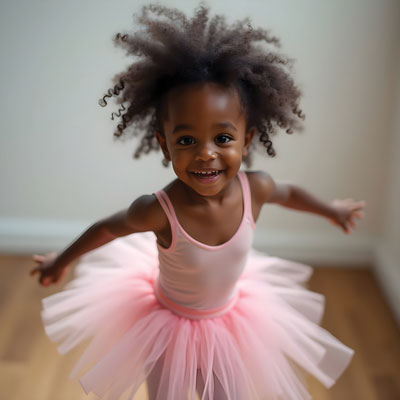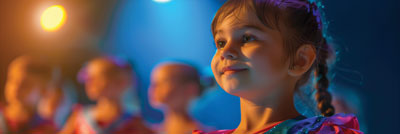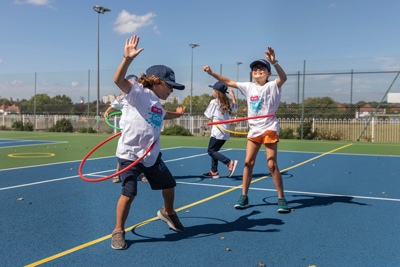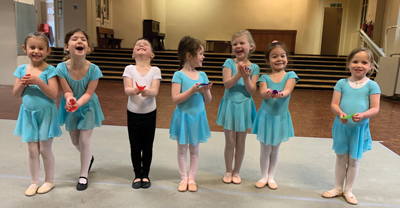
by Monica Price
Nutritional Therapist
Being a parent can be full of challenges – especially when you have to start navigating food for your children. When you step into any supermarket you’ll be surrounded by brightly packaged snacks, ‘low sugar’ yogurts, cartoon-covered cereal boxes, and juice pouches that claim to be ‘healthy’ or ‘natural’. But behind the clever marketing lies a harsh truth because many of these convenience foods are packed with hidden sugars and they’re contributing to a worrying trend of the rise in childhood obesity and early years health issues, such as Type 2 diabetes, high blood pressure and even liver problems.
Sugar isn’t just in sweets. It hides in cereals, granola bars, yogurt, flavoured water and juice, pasta sauces, ketchup, snack packs and shop bought ready-made meals.
Many of these foods are marketed to look like the healthy choice – but even a ‘no added sugar’ fruit snack can have as much sugar as a small chocolate bar.
The UK NHS recommends no more than 19g (about five teaspoons) of free sugars per day for children aged four to six. Some popular children’s yogurts contain more than that in one pot.
So what can you do?
Making healthy food choices for your child doesn’t have to mean cutting out all treats or spending hours in the kitchen.
It’s about education, awareness of food and making small changes to their diet that make a big difference over time.
My top five tips are:
1. Learn to read food labels together
Turn your shopping trip into a mini scavenger hunt – teach your child to spot sugar on labels. It hides under many names, including:
• Glucose
• Fructose
• Corn syrup
• Honey
• Fruit juice concentrate
Aim for foods with less than 5g of sugar per 100g for everyday choices.
Top Tip: If sugar is listed in the first three ingredients – it’s a red flag so avoid it.
2. Reduce sugary snacks
Total sugar bans can lead to obsession or secret snacking for a child so instead:
• Save sugary treats for special occasions, like birthdays or weekends
• Offer fruits, nuts, cheese, or oatcakes as after-school snacks
• Use words to explain to your child so they can understand.
Children learn by repetition and routine. The more you offer better options, the more likely they’ll get used to them.
3. Cook together and talk about food
Children are far more likely to try something if they have helped make it.
• Get them to wash vegetables, stir sauces, or choose toppings
• Talk about where food comes from – what grows in the ground, what animals produce and how it ends up on their plate
• Try growing herbs, tomatoes or lettuce at home or in a pot on a windowsill
This helps them connect food with health and gives them ownership over their choices.
4. Offer variety without pressure
We often fall into the habit of rotating the same four or five meals and snacks our children claim they like, but start to introduce different foods to encourage a healthy gut, stronger immunity and lower sugar cravings.
Don’t stress if your child doesn’t take to a new food right away. It can sometimes take up to 10 -15 tries before a child accepts something new.
Top Tip: Put new foods next to familiar ones instead of replacing them. A few slices of raw pepper beside their usual sandwich for example.
5. Choose water first
Juice, squash and fizzy drinks are the biggest sources of unnecessary sugar for children.
Even 100% fruit juice, while natural, is high in sugar and lacks the fibre whole fruit offers.
• Make water the default drink
• Try adding fresh fruit, cucumber, or mint for natural flavour
• Save juices and fizzy drinks for occasional treats – not as a daily habit.
Remember you are not alone – it’s OK if your child doesn’t eat kale or quinoa – what matters is that you are teaching them to understand what healthy food is, to empower them as they grow older to make informed choices.
You are then setting the stage for life long healthy eating habits – and that is one of the greatest gifts you can give to your child.
Monica Price is a qualified Nutritional Therapist, Writer and Broadcaster. She is the go-to expert for health and wellbeing on national television and radio stations across the UK.
www.monica-price.co.uk




















